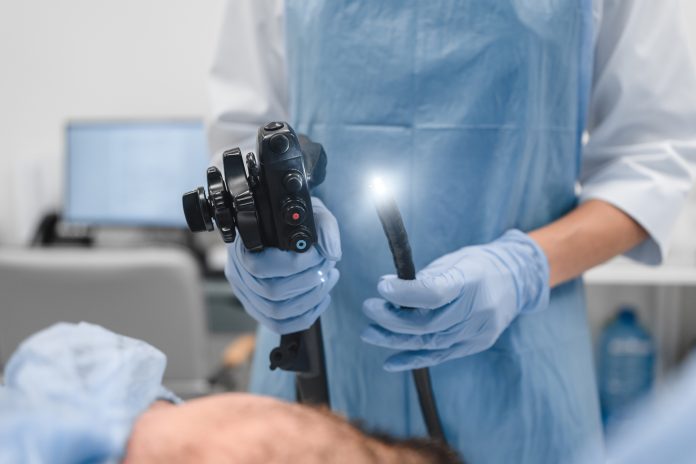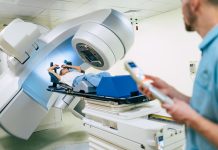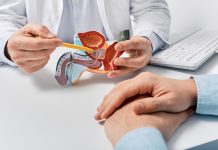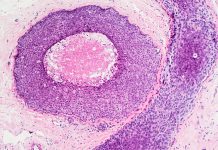A spider-inspired, magnetically controlled soft robot can navigate the digestive tract to deliver targeted therapy, offering a minimally invasive solution for GI diseases
Researchers at the University of Macau have developed a spider-inspired soft robot capable of navigating the stomach, small intestine, and colon with remarkable precision. Using magnetic control, this innovative device reaches areas that conventional endoscopes cannot, enabling targeted drug delivery and minimally invasive treatment. This breakthrough offers a promising new approach to managing gastrointestinal diseases, including cancer, while improving patient comfort and treatment accuracy.
The findings are detailed in the International Journal of Extreme Manufacturing.
Tiny, soft robot delivers precise therapy
Gastrointestinal (GI) cancers are one of the deadliest diseases, and survival depends on early detection and precise treatment. However, current endoscopes are often painful and limited in their scope. The digestive tract presents a variety of extreme challenges, such as sticky stomach mucus, tight intestinal turns and height differences of several centimetres in the colon.
To tackle these challenges, Professor Quinsong Xu and his team created a tiny, soft robot that moves effortlessly through the stomach and intestines, delivering therapy precisely where it’s needed.
Endoscopes can struggle with sharp turns, narrow passages, and steep folds. Microrobots have faltered in the hostile and varied terrain of the digestive system.
Golden wheel spider: A desert dune insect revolutionising gastrointestinal treatment
The team was inspired by the golden wheel spider, an insect known for rolling across steep desert dunes. They mimicked this adaptability, creating a soft robot out of magnetic materials and powered by external magnetic fields. A dual robotic arm system directs the robot’s motion, providing real-time imagery, allowing physicians to monitor its travel.
In controlled experiments with animal tissue, the robot successfully traversed the stomach, small intestine and colon, showcasing its precision and adaptability across different environments, where conventional tools often fail.
The researchers aim to enhance the design further, paving the way for future in vivo trials. Their ultimate aspiration is to facilitate a diagnosis and therapy that are not only painless but also remarkably precise and extraordinarily effective, transforming the landscape of medical treatment and patient care.
“With such a robot, we may be able to reimagine how GI medical procedures can be performed,” Prof. Xu emphasises. “This technology could make diagnosis and treatment far more precise, painless, and effective.”
If it successfully makes the transition to clinical use, the spider-inspired soft robot could revolutionise the way physicians deliver therapies. This innovative device is designed to minimise discomfort for patients while offering unparalleled precision in treatment. Its unique capabilities could pave the way for a groundbreaking era in medical technology, setting new benchmarks in the field of gastrointestinal care and transforming the patient experience. If successful in clinical translation, the spider-inspired soft robot could provide physicians with a powerful new platform to deliver therapies with minimal discomfort and unmatched precision, ushering in a new era of medical technology and redefining standards of gastrointestinal care.











